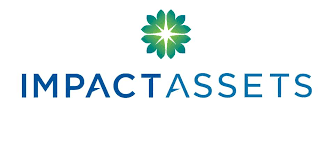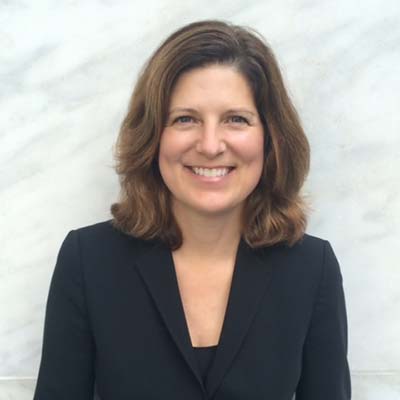 What does it take to find success in impact investing? And how are business skill sets and expertise most effectively transferred to this way of doing business?
What does it take to find success in impact investing? And how are business skill sets and expertise most effectively transferred to this way of doing business?
We asked Adam Bendell, someone who’s done both, for specific, actionable steps to help business leaders think through the impact investing process. Bendell, CEO of Toniic, the largest global action community and network for impact investors, was more than happy to share.
Amy Bennett: How did your career arc, from entrepreneur to Toniic CEO, lead you to impact investing?
Adam Bendell: I’m now on my fourth career, and I’ve only recently had the courage to say, “I’ve focused long enough on making money. I want a day job that has positive impact on the world.” Impact investing is natural for me because at Toniic, we’re unapologetic yet compassionate capitalists who want to empower business as the greatest force for good on the planet. What a hoot it is to both make money and improve the planet!
Was there an “aha!” moment that triggered the courage to take this different path?
Like most other impact investors, I began my journey by dedicating a portion of my portfolio to impact, and then traditionally managing the rest of the portfolio. That’s what I would call a “classic” approach to impact investing.
As I got into the Toniic role, I realized that approach was outdated, because I found many of our members have committed to 100 percent impact investing across their portfolios.
I started thinking about my own portfolio in that context, and the “aha!” is that I was probably doing a lot more damage with the 90 percent of my portfolio that was traditionally invested than I could possibly offset with the good I was doing from the 10 percent in impact.
How long does it take to unwind the traditional investments in the portfolio and get to 100 percent impact investing?
I don’t know about 100 percent, but you can get to 80% or 90% within three or four years of steady progress. For example, private equity is completely illiquid. You can’t get out of those positions until the fund pays back. So you can make a lot of progress relatively quickly, and then the tail-end of the portfolio may take some years.
As an impact investor and Toniic leader, have there been rewards that you had not anticipated?
Absolutely. I’ve found that the journey towards portfolio alignment is independently rewarding, and I didn’t anticipate that. In any given year, I have seen my financial returns go up or go down. They go up, I feel great; they go down, I feel awful. Even measured impact has volatility, whether you’re looking for social impact or carbon reduction, those things go up and down. But values alignment—the process of aligning my investments with my values across asset classes—that can go up every year until it reaches 100 percent. And that steady progress is a source of tremendous psychic income, one that mitigates the emotional volatility of investing and brings lasting joy. Try it!
How do you, as an organization, measure success?
Even though Toniic is a nonprofit, we hold ourselves to the same standards of impact accountability to which our members hold the businesses in which they invest.
We are focused on amplifying our members’ individual and collective impact.
That starts with measuring the capital that we collectively invest, but it also includes our impact on policy, our effects in enticing traditional advisers to embrace impact, our influence in working fundamental change in the global capital markets to take positive or negative impact into account. We track our footprints in doing so, both in empowering current impact investors, and in inspiring traditional investors who are curious about impact investing, to taste the rewards of values-aligned investing. So, we have a series of metrics that we use to measure that progress.
What is the best advice you could give successful entrepreneurs who are looking to take a first step into impact investing?
First, follow your passion. Then, get support in implementing a plan by connecting with peers who are also doing it. Many traditional investment professionals will speak endlessly against it, so find peers who are doing it to consult with, but ultimately make your own decisions, just as you have done when you made your bravest business decisions. Those were often my best decisions – I bet they were yours, too.
Is there a concise call-to-action you can leave us?
Although many entrepreneurs are running sustainable businesses aligned with their values, I’d encourage them to ask, “Where is my money spending the night?” Unless you are actively participating in the impact community, you may be missing an incredible opportunity to empower like-minded entrepreneurs with capital, and thereby building out the global cohort of mission-aligned investors. Most of all, you’re missing the personal joy and the rewards of being on the impact investing journey. Try it, you’ll see. That’s my call to action.




































